How to Make Events more Diverse

Today diversity in all walks of life is vital, but no more so than in the events industry. Making events more diverse and inclusive involves intentional planning, awareness, and taking proactive steps to ensure that all individuals feel welcome, represented, and valued. Having different types of people working on an event – whether that be in terms of age, gender, race, or background helps bring a broader range of perspectives to the table.
Additionally, having a diverse team allows you to gain access to different networks which can help you find new sponsors for your event that you might not have been able to find before.
Here are some strategies to help you make events more diverse and inclusive:
Set Inclusive Goals and Objectives:
- Define diversity and inclusion goals specific to your event.
- Establish measurable objectives to track progress and evaluate success.
- Ensure diversity and inclusion are integrated into the event’s mission and values.
Diverse Programming and Speakers:
- Seek out a diverse range of speakers, panelists, and presenters. For example, if your speakers are usually men, invite an inspirational woman to speak.
- Include individuals from underrepresented groups and diverse backgrounds.
- Emphasise a variety of perspectives, experiences, and expertise.
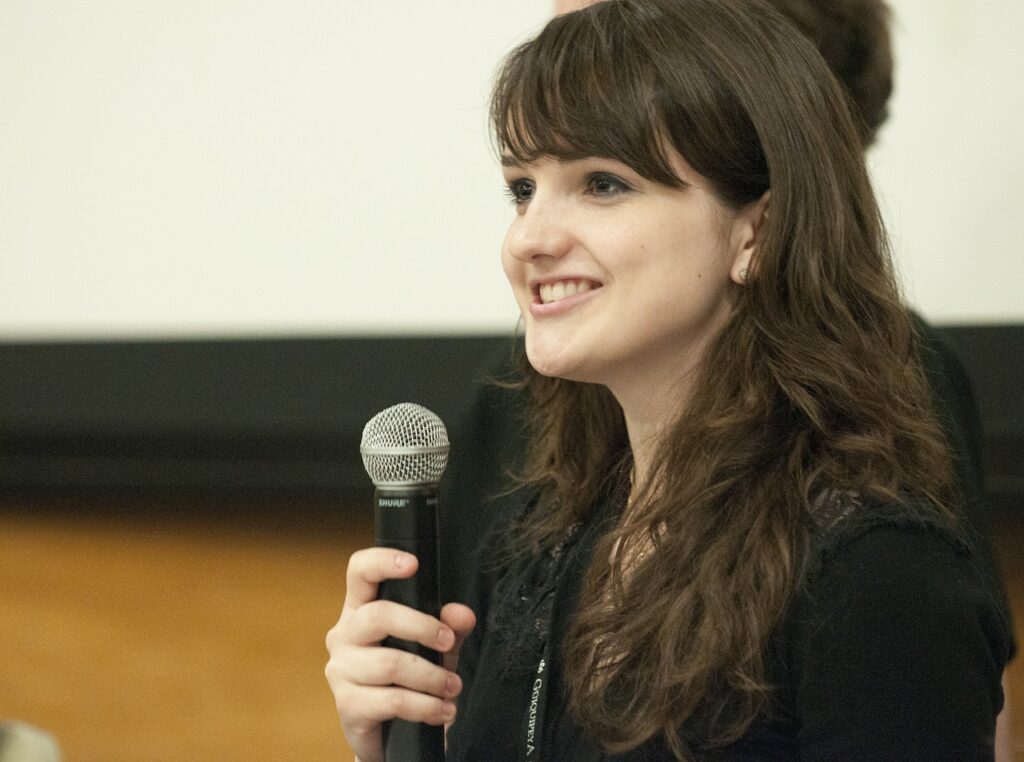
Outreach and Marketing:
- Target diverse communities and promote the event through channels that reach a broad range of individuals.
- Collaborate with organisations and groups that represent underrepresented communities.
- Use inclusive and diverse imagery, language, and messaging in event marketing materials.
Accessibility Considerations:
- When choosing a venue, ensure the venue is wheelchair accessible, with ramps or elevators in place to ensure equal access for individuals with disabilities
- Provide accessible parking spaces and clear signage.
- Check for accessible restrooms, including adequate space and grab bars.
- Assess the layout of the venue to ensure it accommodates individuals with mobility aids.
- Clearly communicate accessibility features and available facilities to participants.
- Check if the venue has accessibility certifications, such as ADA compliance or equivalent standards in your country.
- Request accessibility documentation from the venue, such as floor plans or measurements, to assess the suitability of the space for diverse needs.
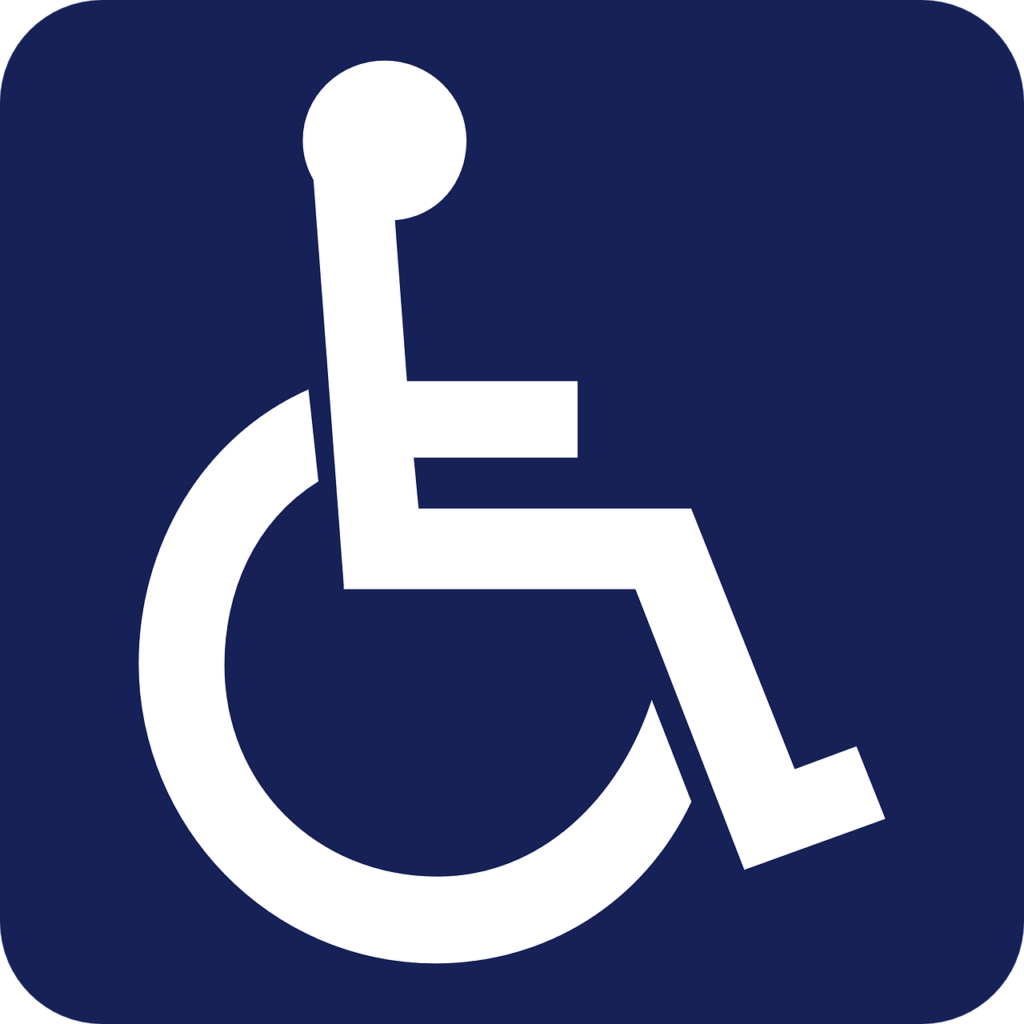
Communication and Information:
- Ensure the venue has accessible communication features, such as hearing loop systems for individuals with hearing impairments.
- Verify if the venue has captioning or sign language interpretation services available if needed.
- Request digital copies of event materials in advance to provide accessible formats for attendees with visual impairments.
Inclusive Policies and Codes of Conduct:
- Establish and communicate a clear code of conduct that addresses diversity, inclusion, and respectful behavior.
- Ensure policies explicitly prohibit discrimination, harassment, and any form of exclusionary behavior.
- Designate points of contact for reporting incidents and provide a supportive response mechanism.
- Engage in dialogue with the venue management to ensure they understand the importance of accessibility and inclusivity.
- Inquire about their policies regarding accessibility and any specific training provided to staff members to assist attendees with disabilities or specific needs.
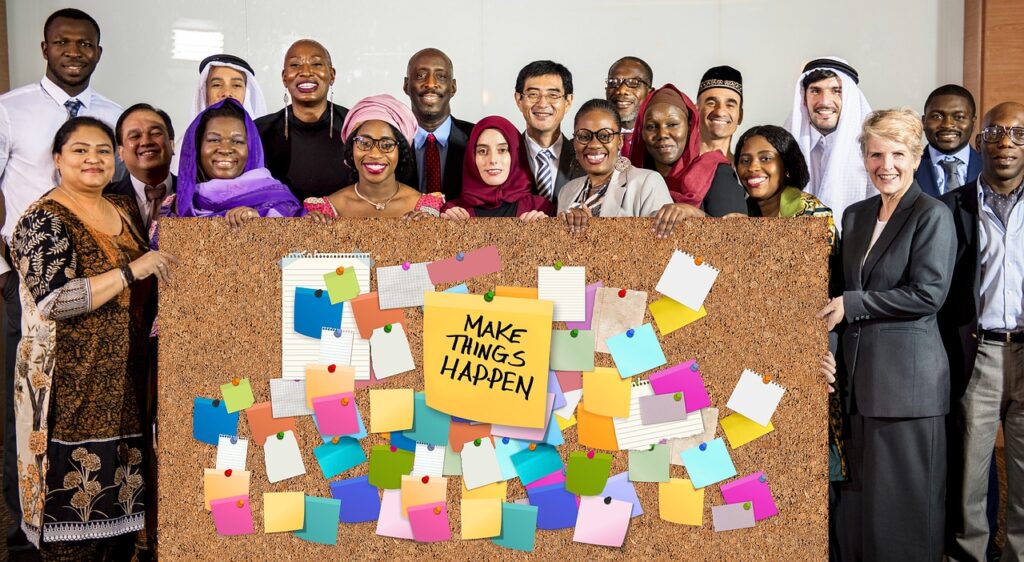
Networking and Community Building:
- Create opportunities for participants to connect and network in inclusive environments.
- Facilitate activities that foster engagement and relationship-building among attendees.
- Provide designated spaces for affinity groups or communities to gather and connect.
Diversity and Inclusion Training:
- Offer diversity and inclusion training sessions for event organisers, staff, and volunteers.
- Provide education on unconscious bias, cultural competence, and inclusive practices.
- Foster an understanding of the value of diversity and inclusion and how it enhances event experiences.
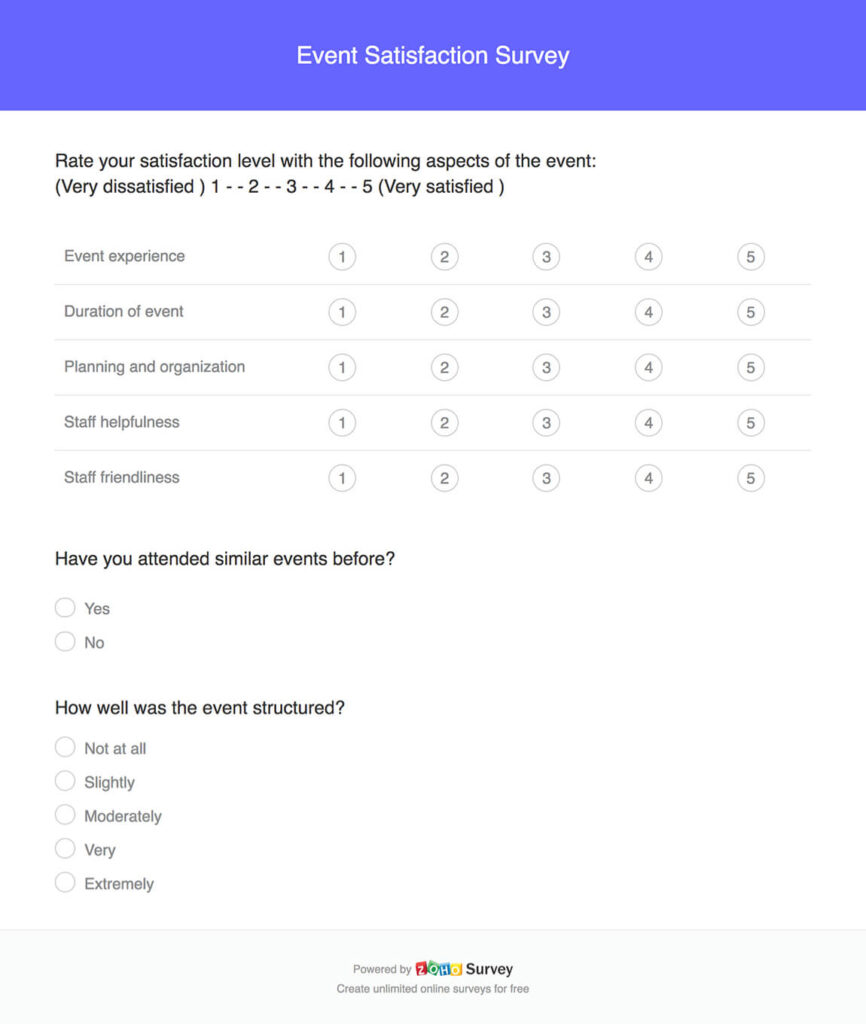
Feedback and Evaluation:
- Collect feedback from attendees to assess their experience and identify areas for improvement.
- Conduct post-event surveys or focus groups to gauge diversity and inclusion effectiveness.
- Use feedback to inform future event planning and make ongoing improvements.
Remember, creating a diverse and inclusive event requires ongoing commitment and continuous improvement. Regularly assess your progress, learn from experiences, and refine your strategies to ensure that diversity and inclusion remain at the forefront of event planning and execution.
Related Posts

A Corporate Christmas Party with a Difference
Do you dread the company’s Christmas party invitation arriving on your desk? Tired of soggy sausage rolls, lukewarm turkey, and limp vegetables, coupled with making small talk over a glass…

Electric Flamingo Christmas Party
In the dark days of winter, London becomes a canvas of sparkling lights, festive decorations, and joyous celebrations. Among the myriad of events, the Electric Flamingo Christmas Party at The…

Le Sorelle Barge in London
Discover an unparalleled blend of historical charm, luxury, and modern comfort aboard Le Sorelle, an extraordinary 1950s barge conversion nestled in the heart of Canary Wharf. Crafted with reclaimed wood…
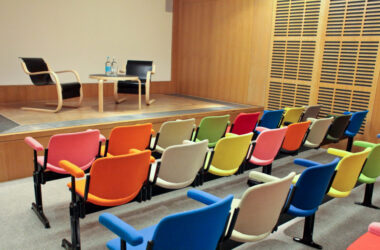
Finding the Perfect Gallery Venue in London
Finding the perfect gallery venue for an event offers an inspiring environment that can greatly enhance the creative experience. These spaces are specifically designed to showcase artistic work, providing optimal…
